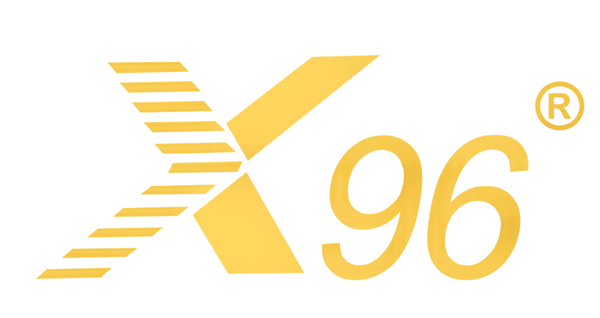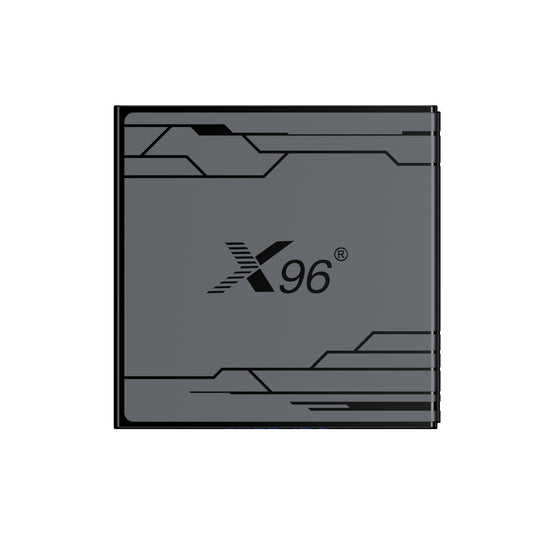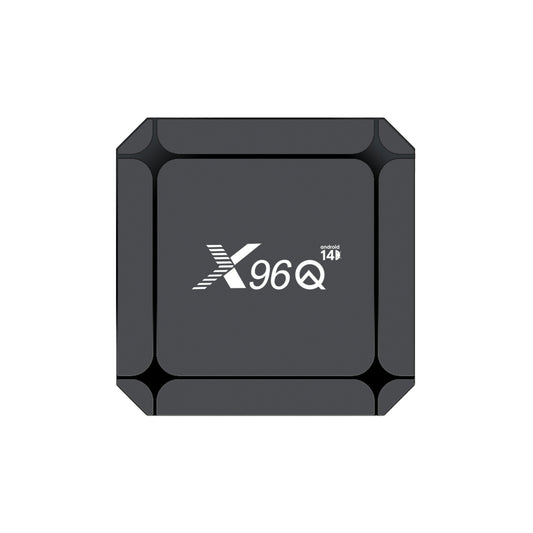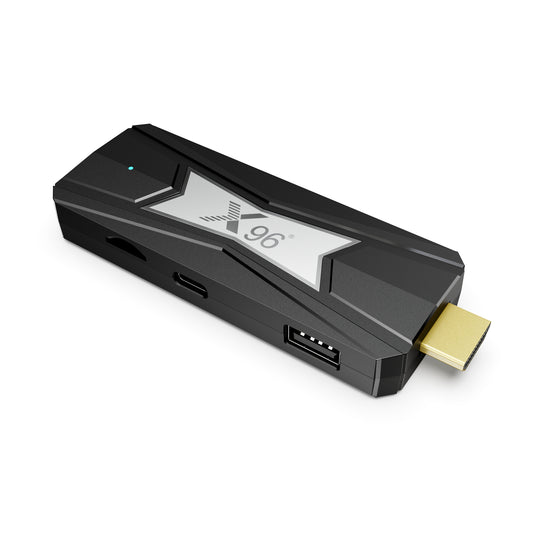
Do I Need A Media Player for Digital Signage?
1. Do I Need A Media Player for Digital Signage?
It depends on your display device.
If you have a standard "dumb" TV or monitor without smart capabilities, then yes, you will need a dedicated media player (like an Android TV box, Intel NUC, or Raspberry Pi) to connect to it. This device will store, manage, and play your digital signage content.
If you have a commercial-grade smart display or signage display, it often has a built-in media player, so you may not need an external device. You can often upload and schedule content directly via the cloud.
However, even with a regular consumer smart TV, using a dedicated media player is often recommended. Built-in smart TV apps (like a web browser or casting) are usually not designed for reliable 24/7 operation, professional scheduling, or remote content management. A dedicated media player offers better stability, security, and professional signage features.
2. What's Digital Signage?
Digital signage is simply using digital screens (like TVs, monitors, or LED walls) to show dynamic content such as videos, images, menus, or information, instead of static posters or printed signs. It’s controlled remotely and can be updated instantly.
Examples you’ve probably seen:
Fast-Food Menus Digital Signage – The big screens behind the counter showing menu items and prices.
Airports Digital Signage – Flight information displays showing departure times and gate changes.
Retail Stores Digital Signage – Screens promoting sales or new products.
Hotels Digital Signage– Lobby screens displaying event schedules or welcome messages.
Public Transportation – Bus or train stop signs showing arrival times.
3. What's Digital Signage Media Player
A digital signage media player is a small but essential device that connects to a display (like a TV or monitor) and powers your digital signage system. It’s the “brain” that stores, processes, and plays back content—such as videos, images, ads, or live data—on the screen.
Think of it like this:
-
Your display (TV/monitor) is like a canvas.
-
The media player is the artist that paints content onto it.
Why use one?
Unlike regular streaming devices (e.g., Chromecast or Android TV boxes), digital signage media players are built for:
24/7 operation (no overheating or crashing)
Remote management (update content from anywhere via cloud software)
Scheduling (show specific content at certain times/days)
Stability and security (optimized for professional use)
Examples of media players:
-
BrightSign
-
Android-based signage players (e.g., from Samsung, LG)
-
Raspberry Pi (with signage software)
-
Intel NUC
- X96
4. How To Choose Best Digital Signage Media Player
To pick the right digital signage media player, consider these key factors:
1. Content Type & Complexity
Basic content (images/slideshows): Low-cost players (e.g., Raspberry Pi) work.
Video/4K/interactive content: Choose powerful players (e.g., BrightSign, Intel NUC) for smooth playback.
2. Connectivity & Compatibility
Ensure ports (HDMI, USB, Ethernet) match your display and peripherals.
Verify compatibility with your signage software (cloud-based or onboard).
3. Remote Management
Cloud-enabled players allow easy content updates/scheduling from anywhere.
4. Reliability & Durability
For 24/7 use, pick players designed for continuous operation (e.g., no overheating).
5. Budget & Scalability
Entry-level: Raspberry Pi or Android-based players.
Enterprise: Dedicated players (e.g., BrightSign) with advanced features.
Pro Tip: Prioritize ease of use and support—software simplicity and vendor reliability matter long-term!




